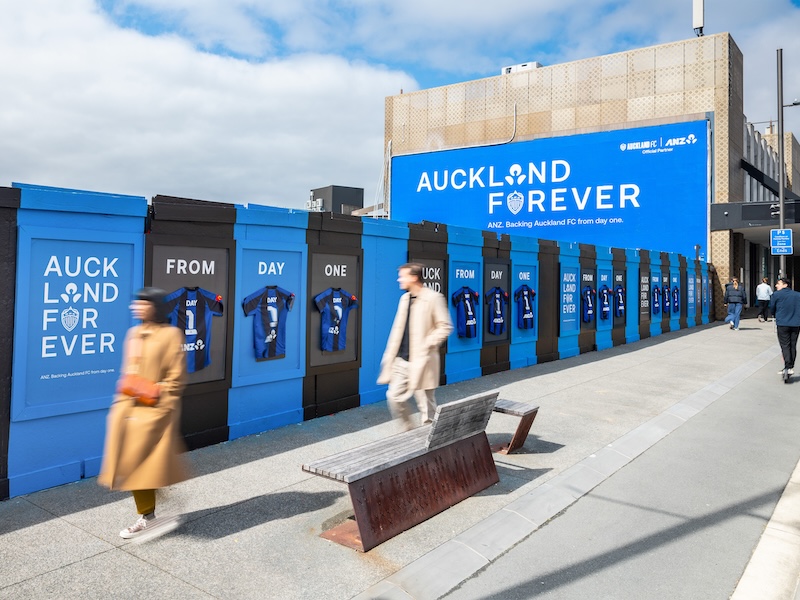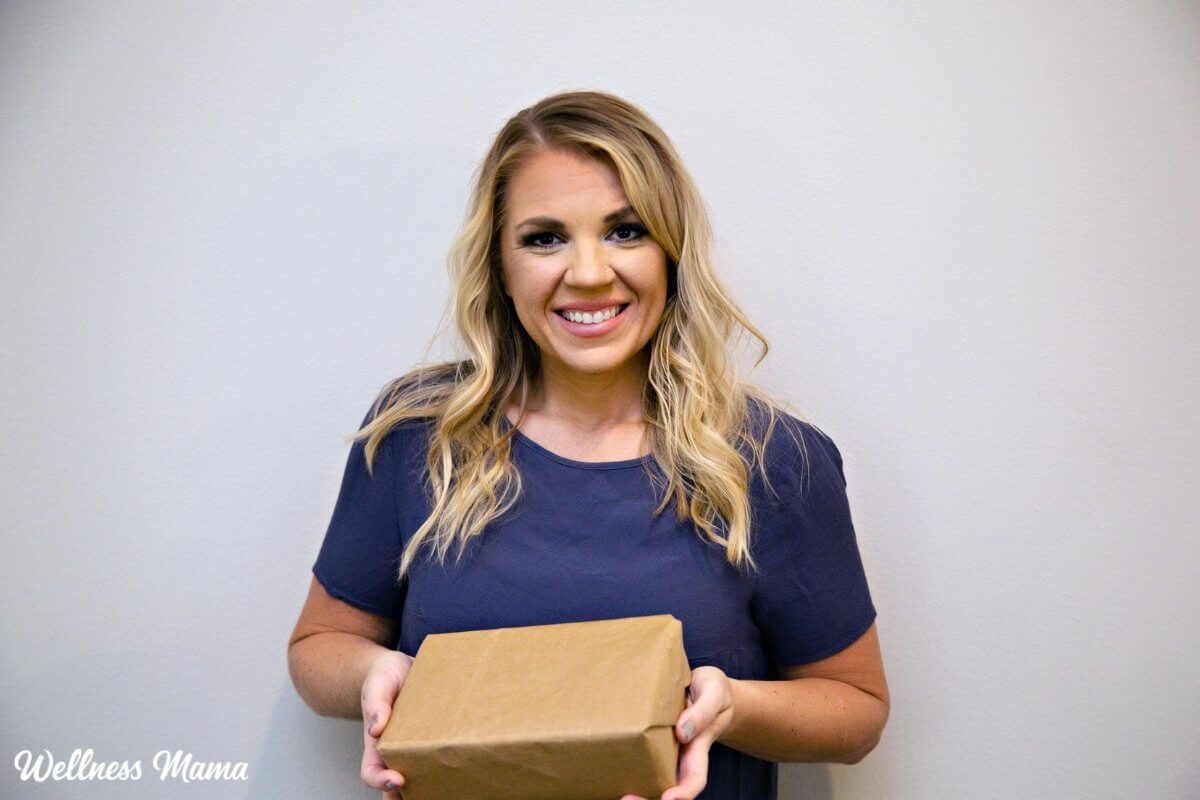Last week, the Communications Council gathered the media industry in one room to hear from its leaders in an event called Media Spotlight, run as part of the 2024 Beacon Awards. This is the second instalment of Zahra Shahtahmasebi’s audience report.
Measurement, says Dr Grace Kite, is like Lego.
Beaming down on the audience gathered in Auckland’s Aotea Centre from her home in the UK, she started her pre-recorded talk by explaining the joy of statistics.
Much like the building blocks from the Danish toy company, good measurement, used well, can and should be the foundation of what you want to build.
“Measurement brings credibility and certainty, it removes conflict and upset,” says Kite, who set up marketing analytics agency magic numbers in 2010.
The challenge, however, is that it is easy and costly to be misled by the numbers. She gives an example – basing marketing decisions on last click attribution data.
Last click attribution data focuses on the end-journey ads where a click results in a sale, but ignores the earlier triggers that led the customer there. By following this data, you end up putting ads in front of people who were going to buy your product anyway, says Kite.
People matter and numbers affect them personally. Her recommendation was a mixed marketing model that evaluates all drivers and influencers for a sale.
That way, companies can make better informed decisions on budget spend, advertising placement and how to connect with current and potential consumers to make the most difference, she concludes.
Coming back to collaboration
With that to ruminate on, we had a 30-minute break for the aforementioned doughnuts, before heading back to our seats for the third session on creativity.
As a writer, creativity is a topic I’m always interested in talking about – its different forms, where these come from and what they look like.
This session was hosted by MBM CEO Lee-Ann Morris, who was joined on the panel by Special’s Tony Bradbourne, Group M’s Emily Scovell, OMG’s Gina McKinnon and Lion’s Annemarie Brown.
Again, the key is collaboration, says Morris – working together across teams, agencies, fields, to really get the best out of an idea.
Like Bradbourne’s example, which blended a creative idea with a media one, and saw insurance company, creative agency and media work together to create an award-winning campaign that got the nation talking about life insurance.
The Special campaign, Last Performance, which won bronze in effectiveness at Cannes Lions last year, partnered with Kiwi TV show, The Brokenwood Mysteries, using the same directors, crew and set.
Murdered characters came back to life at the end of each episode to express their regrets over not being insured– because unexpected things can happen.
It was, says Bradbourne, both a great use and misuse of media, but one that was successful in getting an under-insured nation talking.
Scovell’s advice was to bring strategists and data analysts into the discussion as early as possible and how well this can inform your creative ideas or spark new ones.
Data can tell you that Deliveroo orders spike when new box sets drop on Netflix, that tinder usage peaks five days before Valentine’s Day, or that the most sick days in the UK seem to be taken when season two of a series comes out.
McKinnon gave the example of 2Degrees, TBWA\NZ and Sky’s recent campaign to show the Super Rugby Aupiki final live on Tik Tok. They took sports to the platform, creating a bespoke viewing experience for users and introducing many more people to women’s rugby in the process.
Changing environments
The challenge is that people haven’t changed but the environments we inhabit have, says Brown.
It’s created a landscape that is more fragmented but that shows how important it is for all teams to be briefed and to collaborate together to create those collisions of thought and out of the box thinking, says Scovell.
The rest of the group agreed, saying that by including the whole team from the start, the execs and accountants are more likely to invest in the idea as well as share the ambition.
Taking to the stage immediately after was Minister of Broadcast and Communications, Paul Goldsmith. Just the day prior, the Government announced it would progress an amended Fair Digital News Bargaining Bill to level the playing field for media outlets in New Zealand.
Following Goldsmith’s introductory speech, The Spinoff’s Duncan Grieve returned to the stage for some one-on-one questioning.
Witty banter whipped back and forth between the two men as they discussed the current state of the media landscape, that all-important legislation and Goldsmith’s own media consumption habits – which, for the record, include RNZ, international news sites, the Wall Street Journal podcast, and the evening news, which he watches online.
He doesn’t gather news from social media platforms – “I’m a bit of a dinosaur in that regard,” Goldsmith quipped.
Mutual appreciation society
Sinead Boucher, of Stuff, and Juliet Peterson, of Warners Bros. Discovery (WBD), rounded off the event in a session titled, Why Collaboration Matters, tied together the key points present throughout all of the sessions presented across the afternoon.
With Media Spotlight held just two days before Newshub closed and three days before Stuff and WBD’s joint venture, ThreeNews hit Kiwi TV screens, the two media leaders talked at length about how their partnership came to be.
Boucher says after all the time and money they’ve put in to transforming Stuff to be video first, the opportunity to run the 6pm news was one the media company jumped on.
Together they described it as a collaboration that reflects both brands, and their shared values. There’s a lot riding on ThreeNews, they admitted, but that this is only the beginning of creating new ways to consume the news.
It’s new and its fresh, but it also has to stay familiar so as not to scare off the current loyal audience –having Samantha Hayes remain as news presenter is a key example, say Boucher and Peterson.
Memes to make a point
If content is king, then local content is Super King, and ThreeNews wants to bring gutsy news stories from around to country to Kiwis, they say.
But they also acknowledged the challenges in commercialising, especially while trying to stay focused on local.
A slide with the words “Opening up the Relationship? How modern” hinted at the option of inviting in other partners, whereas another, “It’s giving power couple vibes” showed the extend of their combined reach – 92% of New Zealanders aged 15-plus.
When asked why they chose to name the new programme ThreeNews, the answer was it honours the heritage – not “Stuff Three” as emcee Nigel Douglas quipped.
As intended, this session cleverly wrapped up the event, providing a real time example of working together to create something new and exciting but also that benefits our fourth estate.
As Peterson says, it’s all about getting the balance right.





















Discussion about this post